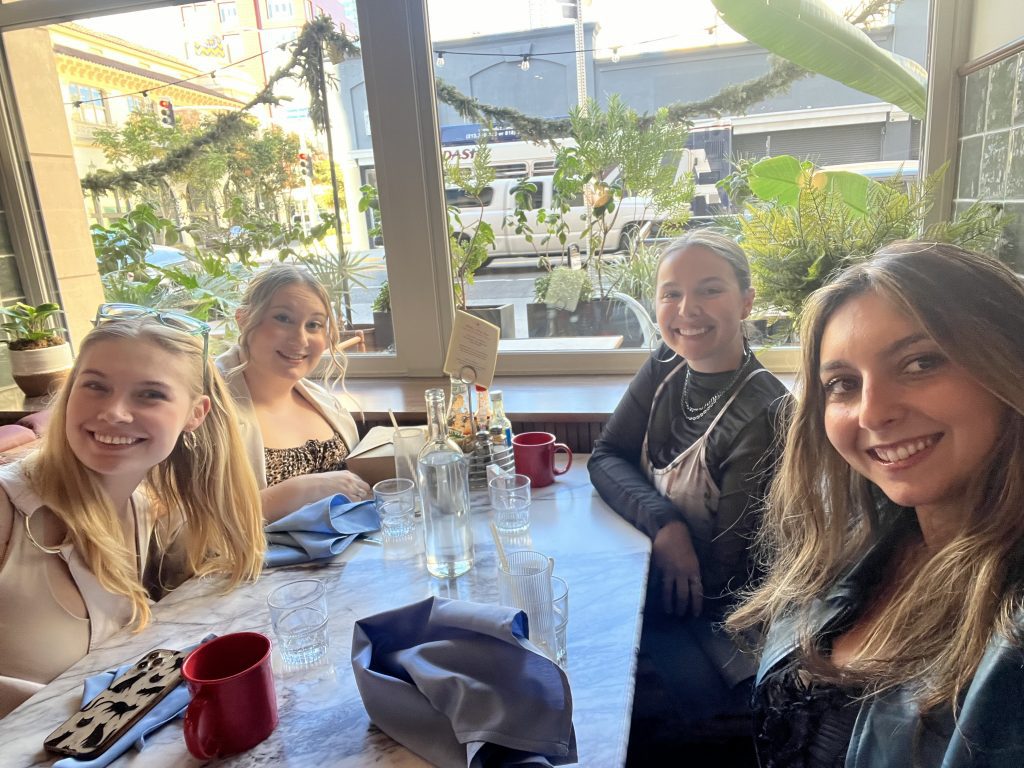Whether or not you’re an active social media user, it’s fair to say that social media is ingrained in many aspects of our lives today. And you don’t need to be an influencer or working within the social space to leverage it.
Starting a new brand or business? You better have a social media strategy.
Eager to catch up on pop culture? Social media has endless fan and gossip pages.
Looking for a unique perspective on, well, anything? Social media content creators will always have something to say.
Inspired to dig into foreign affairs and politics? Social media users span counties, countries and continents.
Can you remember a time before Instagram Live or the advent of TikTok’s Creator Fund? I know it’s hard to believe, but social media has made leaps and bounds from what it was 10 years ago.
Let’s travel back to remember digital marketing from 10 years ago versus what it is now and how to best leverage social media for your business today.
Navigating the Social Media Landscape in an Era of Overwhelm
There’s no doubt about it, 2014 was a simpler time: Facebook was the most popular platform. Less was more when it came to social media content. Individual content creation was favored over heavily-produced brand content because that was how you could stand out.
Today, saturation runs far and wide with many brands and creators doing what’s already been done and saying what’s already been said. Active social media users often feel fatigued from the constant influx of content and the subsequent lack of ingenuity that comes with it.
Why are we drained? It’s simple: More content is produced to accommodate the enormous growth of users. In 2012, around 1.43 billion people were active users on social platforms. Now, it’s nearly tripled to 4.7 billion people. However, feeding into the cycle of producing more content to capture new users isn’t the answer.
While there’s an exceptional amount of growth on social platforms today, brands should still strive to produce meaningful content. More active users across social media platforms mean an opportunity to niche down your business offering and target audience. Unfortunately, for brands who live by the spray-and-pray method, this calls for a redefined perspective on what it means to have a social media strategy. Posting for the sake of posting is no longer sufficient; your brand must be authentic and intentional to reach your target audience and cut through an oversaturated market.
Humor and Authenticity as Cornerstones of Social Media Engagement
One way to reach your target audience is by incorporating humor into your strategy in a creative way. Social media platforms have come a long way since 2014, but people still want to be entertained. If you can capture your audience through entertainment, you can create a lasting impression and drive brand affinity. Large brands see this value, especially for capturing the attention of low-engaged users who are just scrolling through.
Looking for inspiration? Wendy’s and Netflix are just a couple of the brands that frequently integrate humorous content into their social media strategy and tie it back into their product or service in a witty way.

Prioritizing authenticity is another method to capture users’ hearts in a way that can’t be replicated. For this, you don’t need a huge team, an extensive marketing budget or big production. Brands that tap into their humanity carve out a unique spot in the marketplace and build common ground with their audience. For example, Selena Gomez’s brand, Rare Beauty, practices the art of authenticity on its social channels frequently by integrating it into brand messaging and the overall marketing strategy. Embracing individuality and promoting self-acceptance is not only successful but is seen as a much-needed breath of fresh air in the social media community.
Capturing Attention: The Rise of Visual Storytelling in Social Media Marketing
Saturation aside, this past decade has ushered in a visual revolution. What’s this visual revolution, you ask? Content may have always been king, but engaging and aesthetically pleasing content holds a higher power than it once did, especially if you’re playing the algorithm game.
In 2014, posting a photo was effortless, with minimal thought or intention behind it. Today, getting best results from posting a photo involves the right level of production, an engaging and SEO-optimized caption, top-performing hashtags and publishing at the best time of day. Don’t forget about those post-publication engagement windows!
Once Instagram became available to users in 2010, a new era emerged. Kevin Systrom created this platform for the sole purpose of sharing photos, especially photos taken on phones. This year, the platform is expected to grow to 1.4 billion users. Obviously, people are still prioritizing photo sharing as a main medium. This platform-specific expectation lays the foundation for your platform-specific social media strategy, too. Brands that prioritize creating cohesive feeds and giving a clear face to the name of their brand on Instagram are taken more seriously by their target audience and potential customers.
Furthermore, Instagram (and other social media platforms) is increasingly used as a search engine these days, making it a great way to build brand awareness. If your audience doesn’t know your brand exists or can’t find your brand when they look you up on Instagram, it’s time to go back to the drawing board. Additionally, Instagram is designed for mobile use, and most users access and interact with social media platforms on their phones, so utilizing the platform can be a simple and efficient way to boost reach and engagement.
The Constant Thread: Connection Amid the Social Media Evolution
While we’ve seen massive growth in active platform users and content production, one aspect of social media has remained the same: community. MySpace, Twitter and Facebook were the leading platforms back in the day, and they were largely based around social interaction. These platforms allowed users to engage with their friends or the digital community.
Connection was a large reason social media was created — it’s called social media, after all. Whether that was sharing a simple four-worded tweet or messaging your friends on their MySpace page, socializing was the main priority. The birth of Facebook groups in 2010 invited people from across the globe to share their interests, creations, recipes, you name it. While it was a great opportunity for people to connect with one another, it served as an excellent resource for market research. To this day, social listening across Facebook and other prominent social media platforms remains a foundational element to any winning social media strategy.
Bospar’s social team understands the importance of being tapped into the evolving social media landscape. A social media strategy for 2024 looks wildly different from one that was created in 2010, or even one from a couple of years ago, and for good reason! Things are constantly changing and navigating the current social media landscape requires a team with plenty of creativity and patience. If you look away momentarily, you might miss an opportunity to spin a social media trend or moment into an exceptional strategy that uniquely resonates with your audience.
Whether incorporating humor and authenticity, and/or tapping into the vast communities across platforms, being intentional in your social media strategy is key to reaching your marketing goals. Just remember: There are humans on the other side of the screen who want genuine connection and entertainment. If you can deliver, you can stay tuned to the opportunities the next decade of social media presents.

